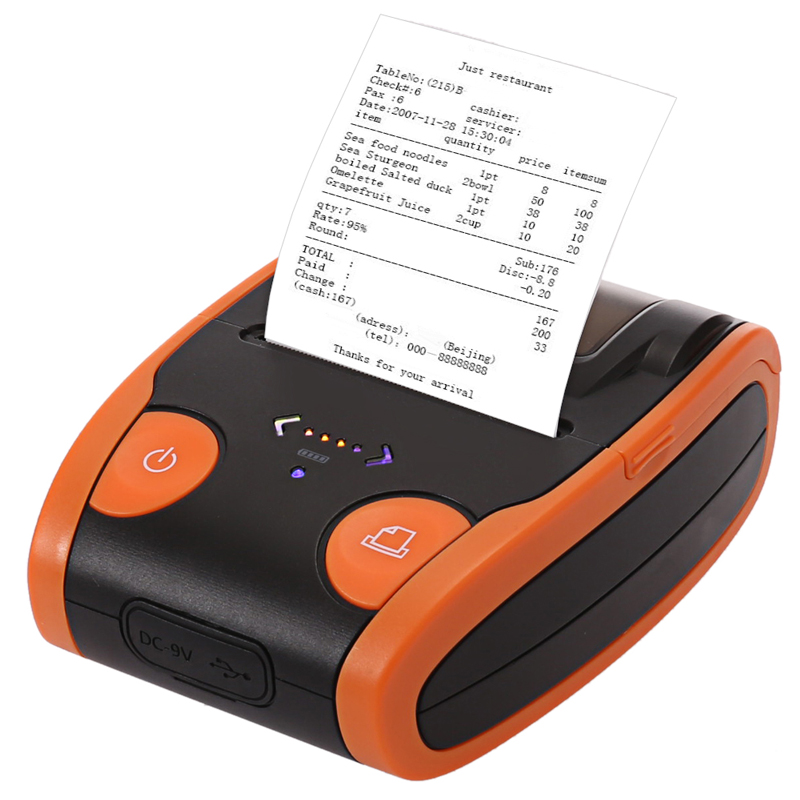Recently, it was learned from Chang'an University that the Information College of Chang'an University is establishing an unmanned VR (Virtual Reality) laboratory to partially replace the traditional road test method of unmanned vehicles. The person in charge of the project said that the traditional driverless drive test is an inadequate test, and the VR method helps to shorten the driverless test cycle. “The road test can test the performance of unmanned driving in a commercial environment, but it is time-consuming and laborious, and it is not exhaustive of all road environmental conditions and traffic incidents,†said Xu Zhigang, an associate professor at Changan University School of Information. It is understood that the specific practice of VR testing is to use the virtual reality technology to record the road environment and traffic events in the database, and input them into the unmanned sensor interface by means of playback, by judging the unmanned driving conditions in different roads. The next action performs the correct rate to evaluate the driverless intelligence. The VR simulation scenario focuses on detecting the accuracy of the perception of the unmanned environment, the agility of the execution of the action, and the differences in driving behavior between unmanned and experienced drivers. "The principle of the test method of the traditional automobile industry is to use mechanical gantry indoors to measure the safety, power, fuel consumption and environmental protection characteristics of the vehicle to judge its braking, lighting, emission and other indicators." Xu Zhigang said, " We took inspiration from it and carried out time-consuming and laborious road tests indoors for efficient testing. However, VR testing can't completely replace road testing. After completing VR testing, we still need to conduct random road test verification. Advantages of VR testing Yes, road tests can be accelerated and test efficiency can be improved." Xu Zhigang explained that in actual road tests, it is difficult to ensure that the test vehicle exhausts all extreme or special road conditions. The conditions encountered in the road test are contingent. The VR test will carry out high-frequency tests on challenging test scenarios. Repeated testing. "It is like a GRE word test. After testing the candidate's vocabulary level, I will continue to test the tester's true level by continuously writing questions from the unfamiliar vocabulary." Xu Zhigang made an analogy to the reporter. As we all know, unmanned vehicles have to undergo long-term road tests before they are officially put into commercial use, but at present there is no uniform measurement of test results in the world. Previously, the well-known American think tank RAND had published a 300-page research report on the application prospects of unmanned driving, which calculated that the accident rate of 1.09 deaths/100 million miles required to test 12.5 years (365 days) 40 miles per hour without interruption;) If the accuracy of the accident rate is about 95%, it needs to be tested for 400 years; the performance of driverlessness exceeds 20% of the driving performance, and it needs to be tested for 500 years. In this regard, RAND believes that road tests cannot test the potential dangers of driverlessness, and that methodological innovations must be made to design test rules from the source of unmanned components and software to ensure unmanned technology. It can benefit humanity and control the risks of unmanned driving in the process of continuous evolution. Xu Zhigang said that the theoretical analysis of RAND is relatively simple, and the prediction time is not necessarily accurate, but it points out that the core of the problem is that road testing is an inadequate test and the test method needs innovation. At present, the driverless test laboratory of Chang'an University has proposed the concept of parallel smart cars, that is, physical vehicles and virtual vehicles, physical vehicles for data acquisition and acquisition, and virtual vehicles for intelligent decision making. For the unmanned commercialization process, Xu Zhigang believes that some special industries and special scenes, such as trucks, harbor trucks, airport shuttle buses and golf carts, are relatively closed and have a single route. Unmanned driving will soon be on the road; as for the unmanned driving of the old lady to buy food, it may take a long time to become popular. "In other words, different industries will introduce different standards for driverless testing and standard thresholds, and gradually expand the scope of application. These standards will gradually be unified and universalized," Xu Zhigang said.
Thermal printers are more smaller, lighter and consume less power, making them handheld thermal printer. Thermal printers are perfect mobile printer. Commercial applications of thermal printers include express, manufacturing, finance, ticketing, enforcement, warehouse, retail, parking and etc. Below is our advantages:
1. Mobile Bluetooth Printer, handy and stylish
2. USB/Bluetooth/RS232 various interface
3. Support label printing and receipt printing
4. Support Android/IOS/Win/Win CE/Symbian systems
5. High speed printing and high compatibility
Thermal Label Printer,Thermal Receipt Printer,Thermal Transfer Printer,Bluetooth Thermal Printer Shenzhen Qunsuo Technology Co., Ltd , https://www.qsprinter.com